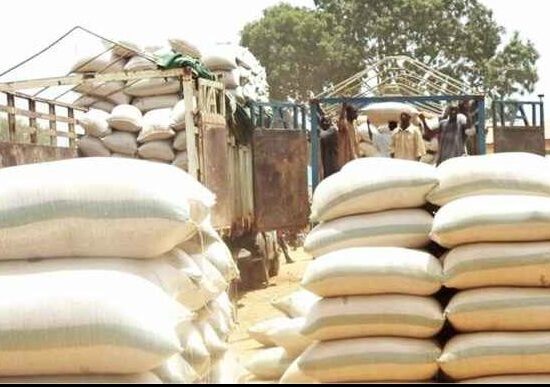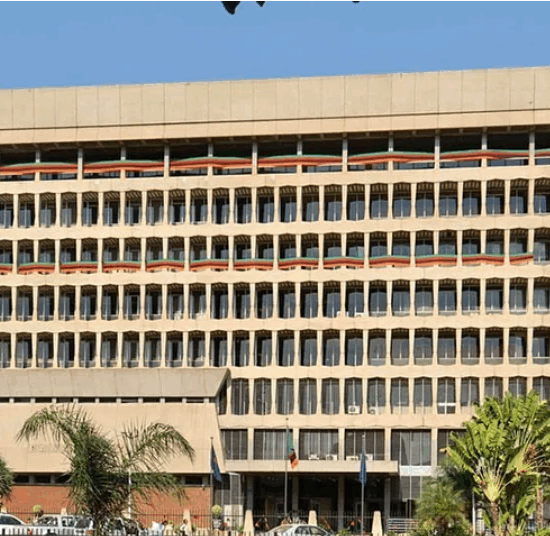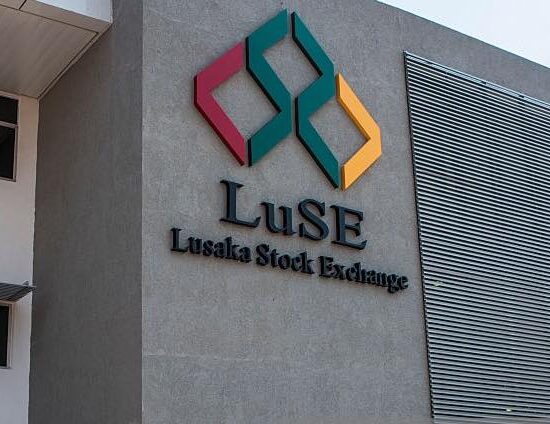
Zambia has recorded a trade surplus of K147 million (about US$10.5 million) in October 2019 from a trade deficit of K732 million in September 2019, meaning that the country exported more goods that it imported in nominal terms for the month of October.
Announcing the development in Lusaka on November 28, 2019, Zambia Statistics Agency – Zamstats Interim Statistician General Mulenga Musepa has disclosed that although increases were observed in both imports and exports, the increase in exports which mainly comprised of domestic exports increased by 18% from K6,566 million in September 2019 to K7,756 million in October 2019.
Musepa has attributed the increase to the 34% increase in export earnings from intermediate or semi processed goods category. He added that imports increased by 4% from about K7,300 million in September 2019 to K7,609 million in October 2019 and that increase in exports was mainly attributed to the increase in intermediate and consumer goods imports by 14.9% and 7.4% respectively.
Musepa further reviewed that the performance of traditional exports (Copper related exports) earnings increased by 35% from K3,927 million in September 2019 to K5,305 million in October 2019 and in total exports recorded a 68% in revenue earnings in October 2019.
Meanwhile, the non-traditional exports – non copper related exports – NTEs earnings decreased by 7% from K2,639 million in September 2019 to K2,451 million in October 2019 and in total NTE’s recorded a 32% in earnings in October 2019.
And the volume of refined copper exported in October 2019 increased by 34% from 51,586 metric tonnes in September 2019 to about 69,000 metric tonnes in October 2019. “Copper prices on the London Metal Exchange – LME market for the corresponding months decreased from about US$5,746 per metric tonnes in September 2019 to about US$5,743 per metric tonnes in October 2019,” He added.
But Zambia has been running massive trade deficits with South Africa which is the main source of its consumer goods sold in shopping malls and chains stores dotted around the country. The other major import bill for Zambia is from crude oil imports mostly from Saudi Arabia and the Gulf region.
The ministry of trade is yet to negotiate tangible trade deals with either South Africa and Saudi Arabia/UAE to narrow the trade deficit gap and ensure that these relationships become win win for Zambia. The country is also yet to fully leverage the big export markets to neighboring Democratic Republic of the Congo – DRC and Angola which can be executed by local traders.







